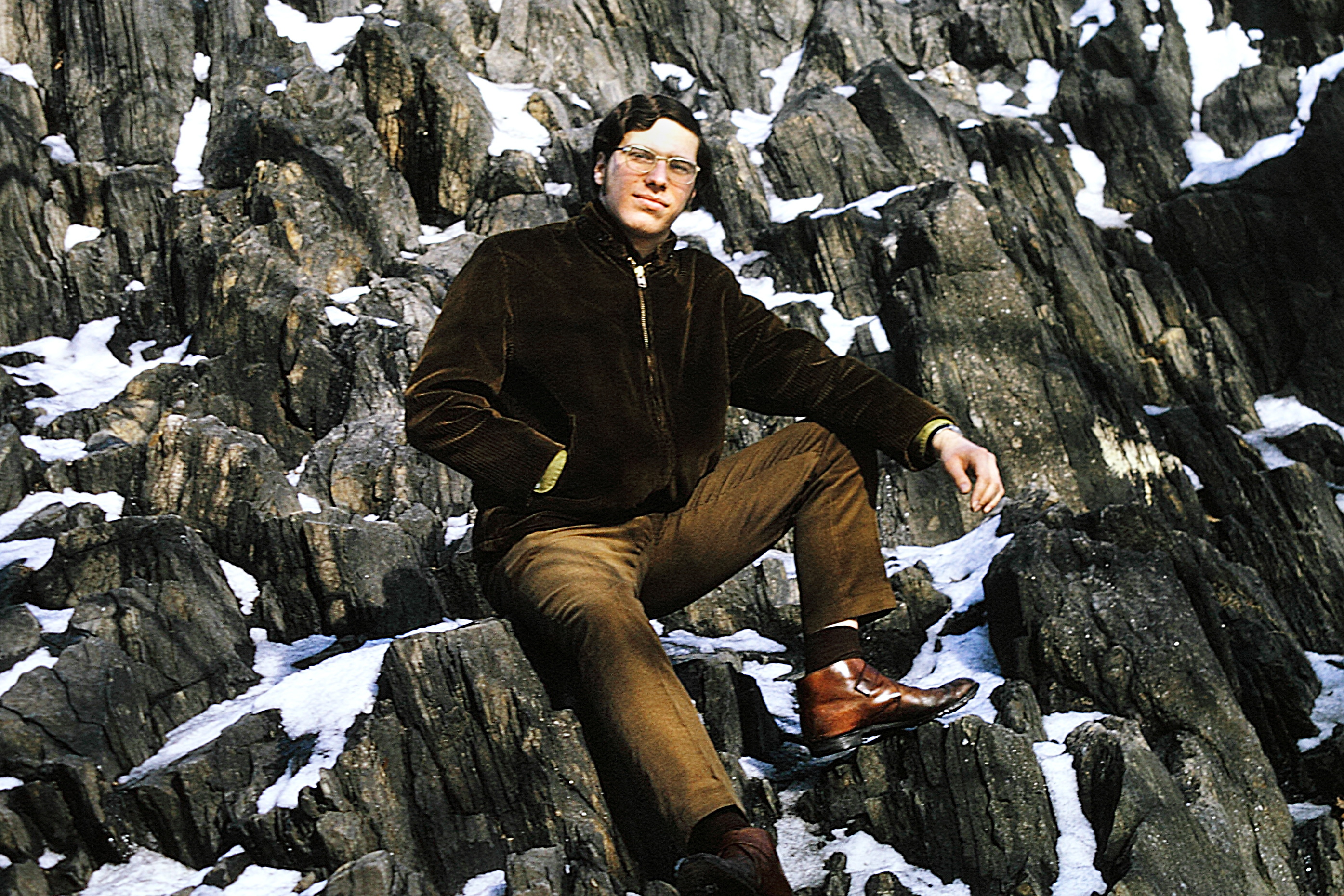“For a man cannot lose either the past or the future: for what a man has not, how can any one take this from him?“
Marcus Aurelius “Meditations,” 167 A.C.E.
In his, Meditations, Marcus Aurelius (121-180) raises the point, since echoed by many western philosophers, that we only possess the present, We don’t possess the past, because it is gone, and we don’t possess the future, because we don’t have it yet and perhaps never will. It is the Stoic rendering of live, perhaps better stated, act in the moment.
I spoke yesterday about copying my old slides. My photographic life, in terms of color images, is divided into three strata. My slides days, my color print days, and my digital days. So my slides are the oldest and their digitization takes me back to things that I really haven’t seen sometimes in forty-five years. There are a couple of aspects to that. First of all you get to relive all of the moments – I can invariably remember the act of capturing the image. And second, there is the desire to understand the person who took the images. That person is you, or somehow related to you, and you feel that if, via these images, you can somehow get into the head of that photographer that you somehow learn something important about yourself. Phew! That’s a complex sentence.

Figure 1 – “Portrait of the artist as a young man, 1971,” digitized Kodachrome transparency. (c) DE Wolf 2013.
In this context photograph functions like a time machine. Photography is momentary and it is intimate. If I show you a painting or a sculpture of, say, Abraham Lincoln, you think: “OK, nice painting or nice statue.” It’s somehow abstracted. You know that it is a creation and therefore at least one degree of separation away from the subject (Abe Lincoln). But if I show you a photograph of Honest Abe, you think: “Oh wow. That’s really him!” A photograph brings this magic with it. Fox Talbot and Louis Dageurre put that magic there, and we are still enchanted 150 years after. And even more curious is the fact that if I tell you that it’s really only Lincoln’s head and face transposed on Calhoun’s body, you are unperturbed. The intimacy remains! The magic is still in the photograph.
So there you have your life, spread out randomly on the table – chronology lost. Photography creates the sense that Aurelius was wrong – that is, of course, an illusion. But for a while, at least, you feel like Kurt Vonnegut‘s Billy Pilgrim. You have become “unstuck in time.” You can ponder your own youthful face or the image of some long forgotten scene – a place that might no longer even exist. This is truly the magic of the medium.
